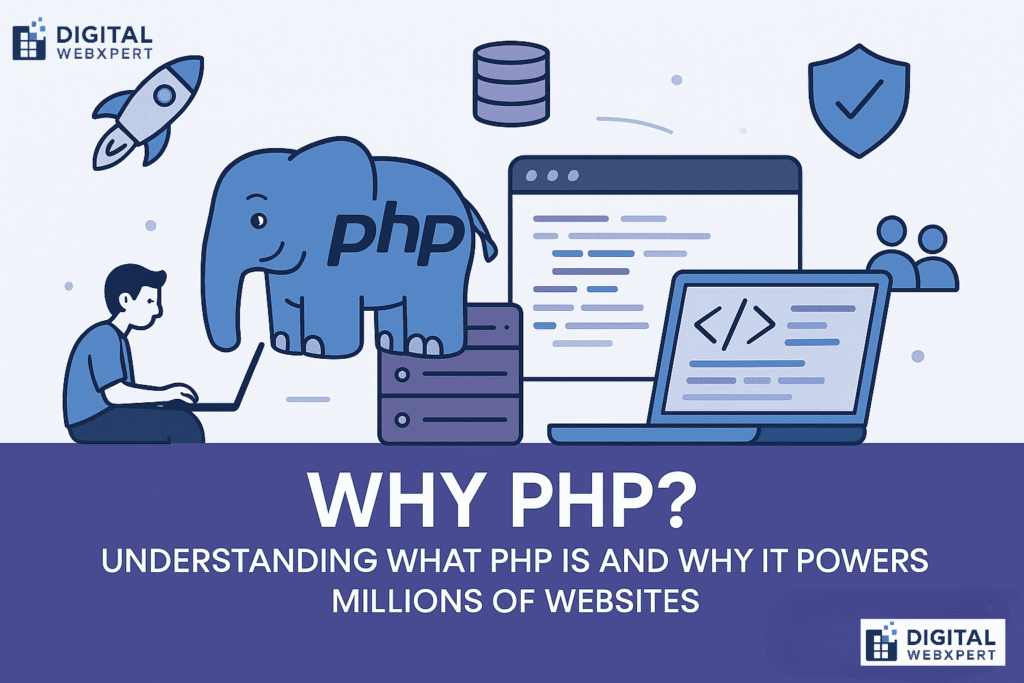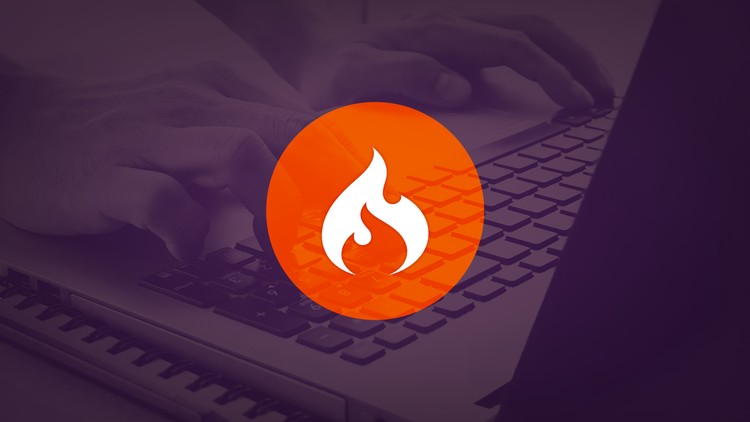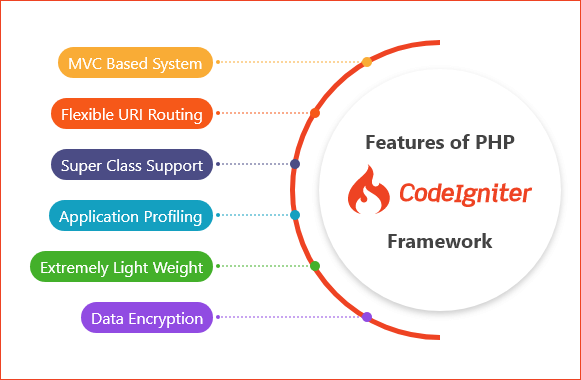Why PHP remains the undisputed leader among server‑side scripting languages in 2025. PHP (Hypertext Preprocessor) powers over 79% of all websites with a known server‑side language, including WordPress, Laravel apps, and countless custom solutions. If you’re a small business owner, startup founder, freelancer, or marketer, understanding what PHP is and why PHP still dominates the web is vital for choosing the right technology stack.
In this guide we’ll cover:
What PHP Is: Origins and core features
Performance & Scalability: Why PHP is fast and reliable
Ecosystem & Community: Frameworks, CMSs, and support
Security & Maintenance: Keeping your PHP site safe
Real‑World Use Cases: From blogs to enterprise apps
Getting Started: How to begin with PHP today
1. What Is PHP?
PHP stands for Hypertext Preprocessor. It’s an open‑source, embedded scripting language designed primarily for server‑side web development. PHP code is executed on the server and generates HTML, which is then sent to the client’s browser.
Key characteristics:
Embedded in HTML: Easy to add dynamic content.
Interpreted: Runs at request time, no compilation needed.
Cross‑Platform: Works on Windows, Linux, macOS, and most web servers.
Extensible: Thousands of extensions for databases, image processing, and more.
PHP’s tag syntax (<?php … ?>) makes mixing code and markup straightforward, a benefit for beginners and rapid prototyping.
2. Performance & Scalability
2.1 PHP 8.x & JIT Compilation
Modern PHP versions (8.0, 8.1, 8.2) introduced a Just‑In‑Time (JIT) compiler, boosting performance for complex computations and reducing response times for web requests.
2.2 Opcode Caching
Extensions like OPcache cache compiled bytecode in memory, eliminating the need to parse and compile PHP scripts on every request. This delivers:
50%–100% faster execution
Lower CPU usage on high‑traffic sites
2.3 Asynchronous & Swoole
Tools like Swoole enable async IO in PHP, making it suitable for real‑time applications, WebSockets, and microservices—pushing PHP beyond traditional request/response models.
3. Ecosystem & Community
3.1 Popular Frameworks
Laravel: Elegant syntax, robust ORM, built‑in security.
Symfony: Modular components, enterprise adoption.
CodeIgniter & Yii: Lightweight, easy learning curve.
3.2 Content Management Systems
WordPress (over 43% of all sites)
Drupal & Joomla for complex portals
OctoberCMS, Grav for flat‑file or developer‑friendly setups
3.3 Package Management & Standards
Composer: Dependency manager for libraries and packages
PSR Standards: Ensure interoperability and coding best practices across projects
A vibrant community contributes tutorials, plugins, and security patches, making PHP a future‑proof choice.
4. Security & Maintenance
4.1 Built‑In Security Features
Password hashing (
password_hash)Prepared statements to prevent SQL injection
Filter & sanitize user inputs using
filter_var
4.2 Dependency Updates
Composer makes it easy to run composer update and stay on the latest secure versions of libraries.
4.3 Common Vulnerabilities & Best Practices
Cross‑Site Scripting (XSS): Escape output with
htmlspecialchars()Cross‑Site Request Forgery (CSRF): Use tokens in forms (Laravel, Symfony automate this)
File Upload Hardening: Validate MIME types, store outside document root
Regular security audits and using frameworks that follow OWASP guidelines ensures robust protection.
5. Real‑World Use Cases
Small Business Sites: WordPress powers blogs, portfolios, and brochure sites with plugins like WooCommerce for e‑commerce.
Startups & MVPs: Laravel or Symfony accelerate development with scaffolding and authentication.
Enterprises: Complex CMS implementations, CRM integrations, and API‑driven microservices.
Freelancers & Agencies: Rapid prototyping, client dashboards, and custom modules tailored to unique requirements.
PHP’s broad adoption means finding developers and community support is straightforward, lowering project risk.
6. Getting Started with PHP
6.1 Development Environment
Local Setup: XAMPP, MAMP, or Docker (with official PHP images)
IDE/Editor: VS Code, PHPStorm, Sublime Text with PHP extensions
6.2 Learning Resources
PHP Manual (php.net) for authoritative docs
Tutorials: Laracasts, freeCodeCamp, and YouTube channels
Interactive: Codecademy, W3Schools try‑it editor
6.3 First Steps
Create a file
index.phpwith:Open
http://localhost/index.phpto see your PHP in action.Explore fundamentals: variables, arrays, functions, and OOP.
7. Future of PHP
While alternatives like Node.js and Python frameworks gain traction, PHP’s evolution continues:
PHP 9 roadmap with improved JIT and type safety
Integration with AI through libraries and services
Growth in Headless CMS and Jamstack via tools like Strapi and API‑first WordPress
For small business owners, startups, and freelance designers, PHP remains a dependable, cost‑effective platform to deliver dynamic web experiences.
Conclusion
If you’ve ever wondered why PHP dominates the web, this guide has shown you its:
Ease of use and learning curve
Blazing‑fast performance with modern features
Massive ecosystem of frameworks and CMSs
Robust security and maintainability
Diverse real‑world applications
In 2025, becoming a website developer or choosing a technology for your next project? PHP is a proven choice that powers millions of sites—large and small.
👉 Ready to harness PHP’s power? Contact Digital WebXpert for custom PHP development and expert guidance.



